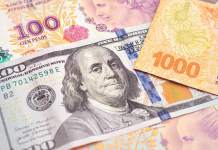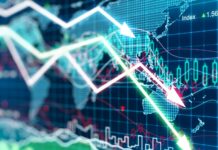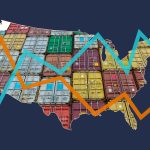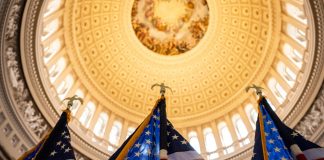BRICS Combats Climate Change With Bamboo
Ethiopia was in many ways the most surprising of the six new members of BRICS, the Southeastern group of countries that are seeking to develop a major trading bloc that prospectively will use a basket of currencies backed by gold. The currency basket will likely represent countries that have unique and/or vital resources and products which will play large roles in world trade.
So, why was Ethiopia chosen to be an early member of this grouping? Ethiopia, while it has a storied geological past and may have been home to one of the first of our species, it is a large, landlocked Eastern African country that despite its recent rapid growth; has a GDP per capita just north of $2000.
However there are several compelling reasons that make Ethiopia a natural choice for BRICS. The country’s population has tripled in the last few decades and currently stands at over 100 million. After many years of turmoil, the country has been trying to establish a stable government based on a parliamentary system. Though a constitution has been passed, the results have been decidedly mixed. Recent elections have led to some violent protests and today the country is largely governed by one party. There are good reasons, however, to believe that going forward the country’s enormous natural resources will lead to the kind of growth that is more easily associated with stability than is the case today.
The country is potentially an agricultural powerhouse that could not only provide more than adequate foods for its own population but a major exporter. And among many notable products that the country will likely export is bamboo. Ethiopia has one the largest bamboo resource bases in the world, of which only about 4% is currently being cultivated and even that small percentage can likely be put to better use. Moreover, the country’s bamboo resources represent about 67% of the estimated African resources. If forced to guess, I would say that bamboo was a very important part of the calculus that led BRICS to include Ethiopia with more obvious resource powerhouses such as Saudi Arabia, UAE, and Argentina.
According to the Counsel of Foreign Relations, there are SIX new countries (effective August 2023) that will now be in alliance with BRICS. Meanwhile, the following countries will be official members of BRICS starting in 2024.
Saudi Arabia
Egypt
Argentina
Ethiopia
Iran
UAE
BRICS Renewable Energy Agenda
My strong feeling is that bamboo will and, indeed, must play a large role in a renewable energy system. If you haven’t yet read the prequel to this article, you may want to follow this link to get the backstory: https://www.stephenleeb.com/publications/fossil-fuels-do-not-cause-climate-change-heres-why/
Unfortunately, because bamboo is mostly located in the Southeastern part of the world, it has not been studied in the West. So important and so unique are its many properties, the plant is destined to add a truly renewable resource to our energy system. I believe that if we used all our technologies to try to create bamboo, we would not have a chance – it is an extraordinary – nearly fantastic product of nature.
One immediate point is that despite its importance, bamboo forests and plantations amount to less than 40 million hectares, representing less than 1% of the world’s total forests. Tremendous expansion can be achieved by adding bamboo to existing forests, creating more bamboo farms and plantations, but most importantly, by making use of grasslands. Although we have lost about 30% of the world’s forests since the Industrial Revolution due to the increase in land devoted to agriculture, which does include crops for both humans and livestock.
Regardless of that setback, global forests today represent 4 billion hectares and are still the largest chunk of the planet’s land area. There is also a huge chunk of land, 1.4 billion hectares, that is largely uncultivated and currently home to wild grasses that perform very few important human services. Perhaps a portion of these uncultivated areas could be dedicated to the creation of bamboo plantations, which significantly help to reduce nascent man-made CO2 in the atmosphere.
China’s Way Ahead In The Game
China by a wide margin is the leader in everything related to bamboo. The country has nearly 7 million hectares devoted to growing bamboo, which currently produces about 40 million tons a year. Growth in bamboo production is expected to continue at a double-digit rate for at least the next ten years, which means that by 2035 over 120 million tons could be produced. Important is the country focuses on a large swath of the bamboo universe in that over 800 species grow in the country. No other country on the planet comes even remotely close to these statistics and dominance in the plant.
In fact, China’s research into bamboo has paved the way for understanding it’s plethora of remarkable properties. This research ranges from interbreeding of different species to genetic engineering. The provenance of the vast majority of peer reviewed articles on the plant is China, which obviously has the most empirical data on the plant.
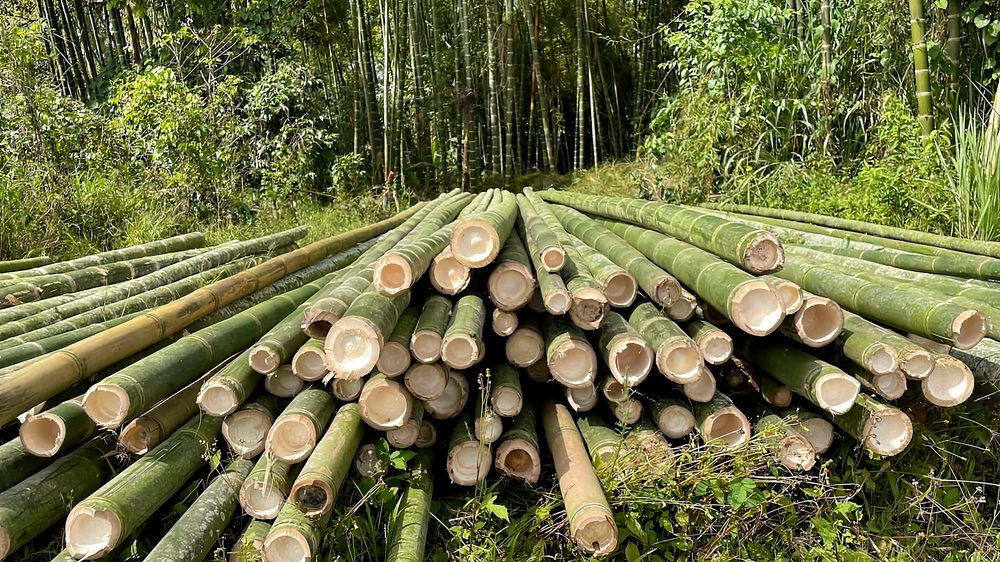
While China is also a leader in solar and wind energy, it is important to realize that biomass (wood) accounts for about 55% of the world’s renewable energy, which is about the same percentage of renewable energy that is Chinese-based. In effect China, perhaps because bamboo has played such a big role in its civilization for millennia, has made itself a test case for the modern virtues of the plant. The country is anxious to spread its knowledge to all trading partners – not just those in affiliation with BRICS.
Bamboo is not something that is foreign to the West and U.S., but by focusing so much on solar and to a lesser extent wind and largely ignoring the extraordinary role that biomass and bamboo in particular can play in driving the world to a sustainable trajectory, I think we are making a big mistake.
Since 2004 the world has spent about $4.5 trillion on renewable energies; with the U.S. accounting for about 30% and China about 25%.
It’s a tragedy not just for America but for the whole world that the vast majority of our spending has gone to solar and wind. A guesstimate is that more than $2 trillion of Western spending has gone to solar and wind, which currently accounts for roughly 2% of global (yearly) energy production. Moreover, in recent years solar has replaced wind as the more important of the two as predicting winds has proved much more difficult than expected. Solar accounts for less than 1% of total world energy consumption.
Listen, I’m not arguing we should ignore solar or even wind, but the data speaks for itself. If we ever want to play a role in worldwide leadership, we should start dedicating a lot more of our renewable spending to biomass with bamboo taking a leading role. If we have to hold our noses by cooperating with China, let’s do it. They have done the research we can take advantage of – or even better yet – cooperate with them on future projects.
Creating A Sustainable Planet: China Takes The Stage
China’s work with bamboo clearly shows an enormous role for the plant in creating a sustainable world. The role can be divided among three related areas, which I have briefly touched on above.
1) as a renewable energy source
2) as a carbon CO2 “sink”
3) as a building material
When you combine the three you have a single form of plant life that could possibly change the course of history by ensuring that there is enough renewable energy that can sustain the world for quite some time. I’m not saying that bamboo can do that all by itself, but there is potentially enough of this unique life form to assure that (along with other renewables) this planet can become a self-sustaining habitat, with a shared future for its inhabitants of improving well-being. Clearly, there is a tremendous amount of work to achieve this goal and international cooperation is paramount.
Empirical Data And Bamboo’s Special Gift To Humanity
Before discussing the potential for creating a green planet with bamboo at the center, I just want to note that according to Bamboogroove.com that though few in the West know much or anything about bamboo, one billion people on this planet are living in bamboo homes. No doubt a major reason is that these homes are affordable, but bamboo has proven to be one of the safest materials to use in home construction.
In a massive earthquake, rated 7.5 on the Richter scale in Costa Rica in the early 90’s; a small number of bamboo constructed homes were right above the epicenter of the earthquake. They emerged structurally intact. That is a small appetizer describing how special a gift from nature bamboo truly is. And at the same time, it certainly shows that as building material, it is indeed remarkable. But as you will see its potential uses in building go far beyond individual homes.
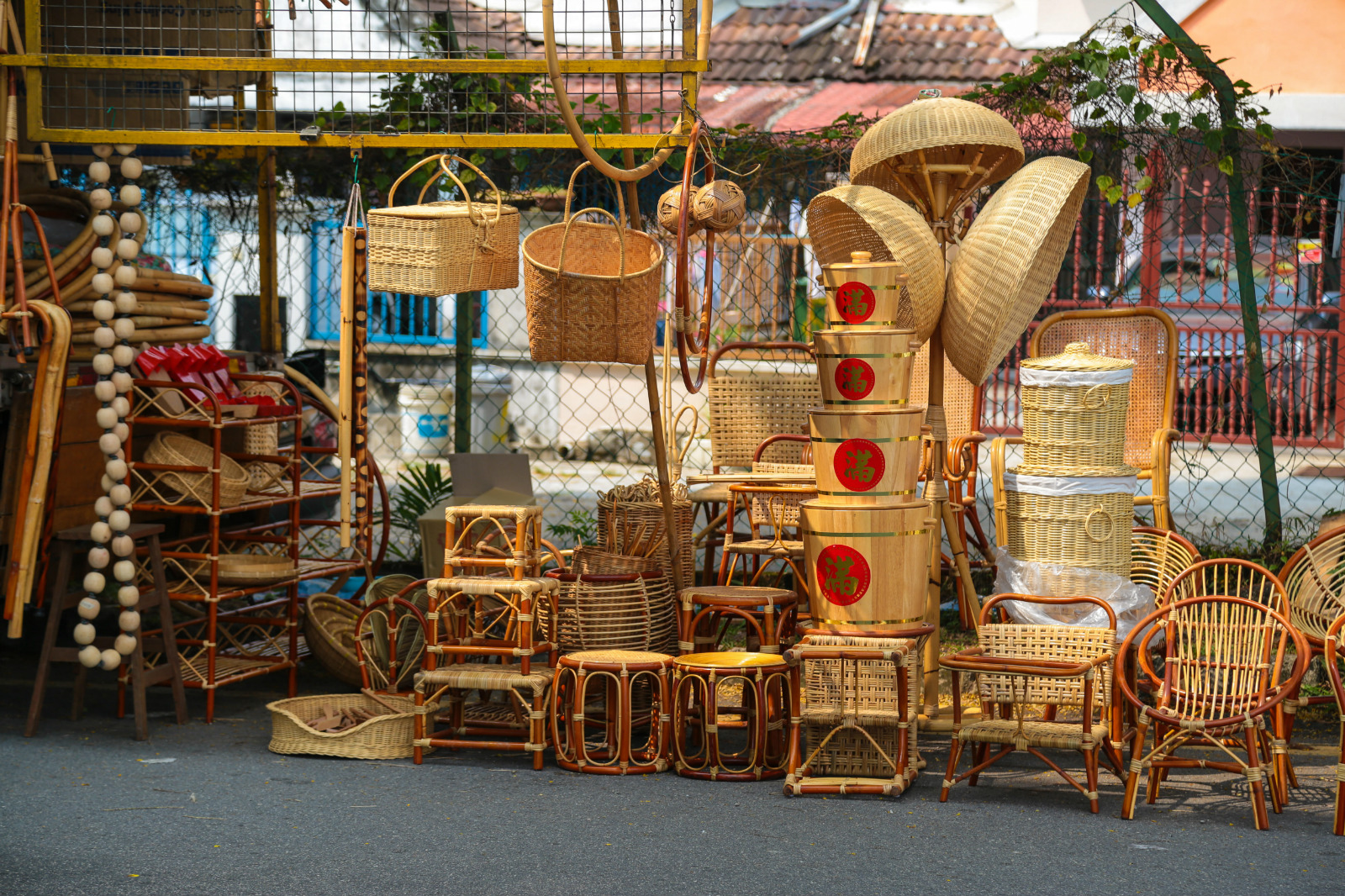
Among the thousands of uses including providing a billion homes, uses in virtually all buildings, multiple decorative uses, furniture, and the list could occupy many pages. We are going to focus on the three categories of uses that are directly related to changing the trajectory of civilization. It is likely, actually nearly certain, that no other energy source will be nearly as important as bamboo in achieving civilization’s goal of a circular economy.
As a renewable energy source, bamboo stands potentially far above other renewables.
Currently, biomass (wood) has a clear majority share of renewables accounting for about 7% of total worldwide energy consumption and between 50 and 70% of renewable energy. About a decade ago when you discussed biomass as an energy source, wood, corn, soybeans, industrial waste are some examples of what might be mentioned. Possibly if you were in China, bamboo may have gotten a mention, but nowhere else.
Today it is a bit more common to talk of bamboo as a potential renewable energy. It was by chance that bamboo first came to my attention via an article that did not even mention the energy applications of the plant but rather emphasized its exceptional ability as a natural CO2 sink, in that it absorbs up to ten times more CO2 than some trees.
While there may be more optimal CO2 plant “sinks” virtually none come close to the versatility, robustness, and regenerative capacity of bamboo. Not only is bamboo the fastest growing plant but it’s able to grow in temperatures ranging from below zero to those found in the tropics. Given the potential for expanding the worldwide growing area of bamboo, it is highly probable that its value just as a land-based CO2 sink is unmatched; no other natural CO2 sink has nearly the potential of bamboo.
Bamboo’s value as a CO2 sink is a major reason that its supply chain – which begins with a regenerating plantation or forest — has great renewable energy characteristics. The strict European criteria for carbon saving renewable energies which mandate that the supply chain of any biomass (wood) energy source produce at least 70% less carbon than fossil fuels is easily satisfied by bamboo. Depending on the source of the bamboo in some cases the savings are calculated to be as much as four times the amount of carbon an equivalent fossil fuel energy source would produce. This happens because the regenerating source of the bamboo is counted as part of the supply chain.
Virtually every energy source, including bamboo biomass, will release some carbon when burned to create energy. Even solar and wind cannot claim a carbon free footprint as the carbon will come from the materials used to produce the solar panels and wind turbines. Moreover, these materials which range from copper to highly refined silicon are non-renewable. This means that while their energy production does not produce carbon, they still have a definite carbon footprint and unlike energy from biomass they do not contribute to a circular renewable economy.



